A well-crafted story typically consists of multiple elements working together to engage the reader or audience, inform and entertain them, and convey the writer’s intended message or purpose.
While the significance of each element may vary depending on the genre of the story—as well as the platform it presents in (book, series, movie, etc.)—if you’re looking to write the best story in any of those genres or platform options, there’s a general checklist that you can use to ensure that you’re on the right track to doing so.
With that in mind, here we present 15 of the most important elements of a story.
15 Important Story Elements
1. Compelling Plot
Plot refers to a sequence of events that make up the story. These sequences include things like:
- Exposition as the introduction to your story and characters
- Rising action that pertains to the conflict your characters must face
- The build to a climax that becomes the turning point of your story
- Falling action that represents the aftermath of the climax
- Resolution of the character arcs and story arcs that form the conclusion
The difference between story and plot is simple.
Stories represent the who, what, and where of the narrative:
- Who are the characters?
- What conflicts are they going to be facing?
- Where these events are taking place.
The plot represents the how, when, and why of the story:
- How are the characters confronted with the conflicts that they are dealing with?
- When does the story take place within the lives of the characters?
- Why are the characters confronted with the conflict, and why are they reacting the way they are to it?
The core story can be translated through a logline:
When a killer shark unleashes chaos on a beach community, a local sheriff, a marine biologist, and an old seafarer must hunt the beast down before it kills again.
The who of the story are the three characters: the sheriff, biologist, and seafarer. The what of the story is the conflict of the killer shark needing to be stopped before it kills again. And the where of the story is the island beach community.
The plot comes into play when you take the story and begin to create the sequence of events that leads you through the story, detailing the how, when, and why. It can begin with a synopsis, be expanded in an outline, and then delivered to the reader or audience in a book or screenplay (which leads to the production of the movie).
The best stories have compelling plots that take the characters on a physical or emotional (or both) journey. It can’t just be characters sitting in a room talking. And if it is, the conversations going on take on the form of the plot.
Read More: Plot vs. Story: What’s the Difference?
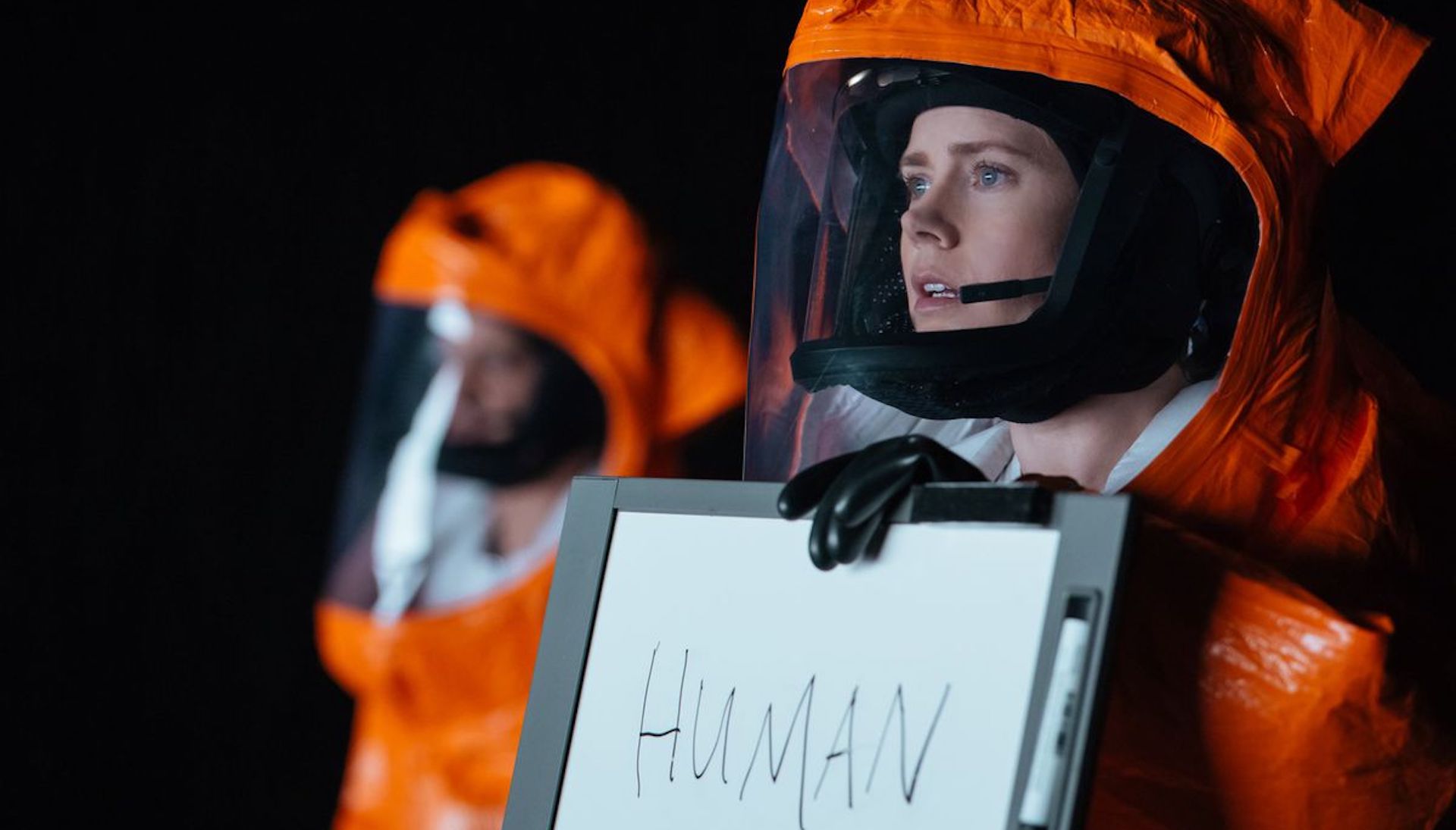
‘Arrival’ (2016)
2. Interesting Characters
We need to live through the story and plot vicariously through the characters that populate the world you create. They can be many or few. Heck, some compelling stories only have one single character.
Characters drive the story and plot because they face the conflict thrust upon them (or the conflict they choose to take on). They each need to have:
- Distinct personalities
- Motivations
- And internal and external arcs (see below)
The best characters are flawed. And through the story, we see how those flaws help or restrict them from prevailing over the conflicts they face.
We usually need characters that are protagonists (the lead character or characters of the story that face the conflict the most), supporting characters (not always, but often) that support them in their journey, and antagonists (and sometimes outright villains) that stand in opposition to their objectives.
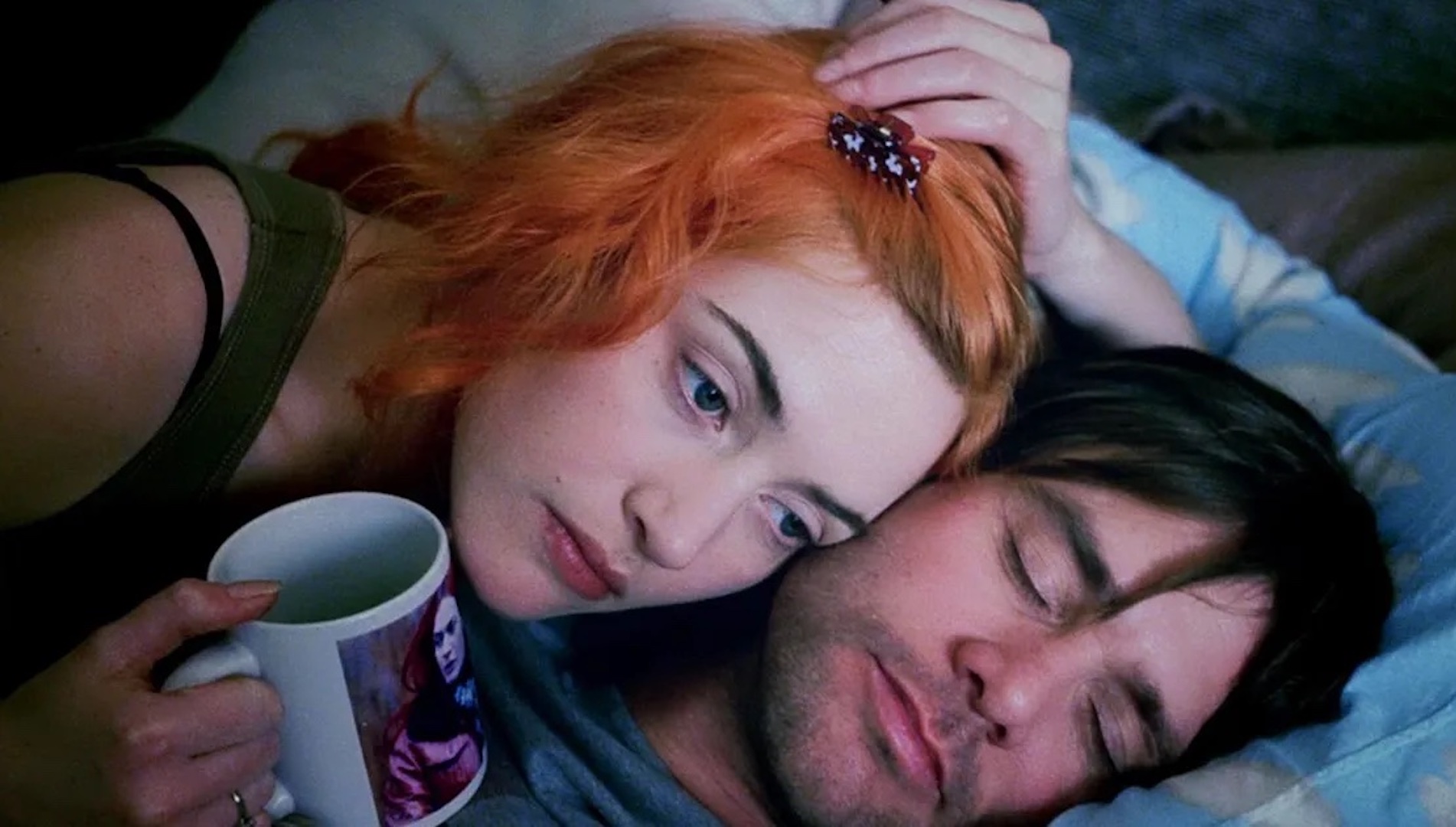
‘Eternal Sunshine of the Spotless Mind’ (2004)
3. Setting
Where does the story take place? Where do the characters live? What is their ordinary world before they face the conflict? Where does the plot take them to resolve the conflicts within the story?
The setting is the time and place where the story occurs. The time and location of the story can influence several additional elements of a story:
- Mood
- Atmosphere
- Tone
- Character Types
In Jaws, the setting is on an island. As we know, water surrounds islands. The lead protagonist is afraid of the water. That setting adds more conflict and more character arc. It also adds atmosphere as the island is a vacation destination for tourists. We also meet islanders who live on the island throughout the year, giving them a different perspective on the beach community—and those who visit it.
As you can see from that breakdown, setting is a key part of the story. You should pay attention to where you set your story because it will provide the necessary context and visuals for the reader and audience. It will also dictate many of the elements of plot, character, and conflict.
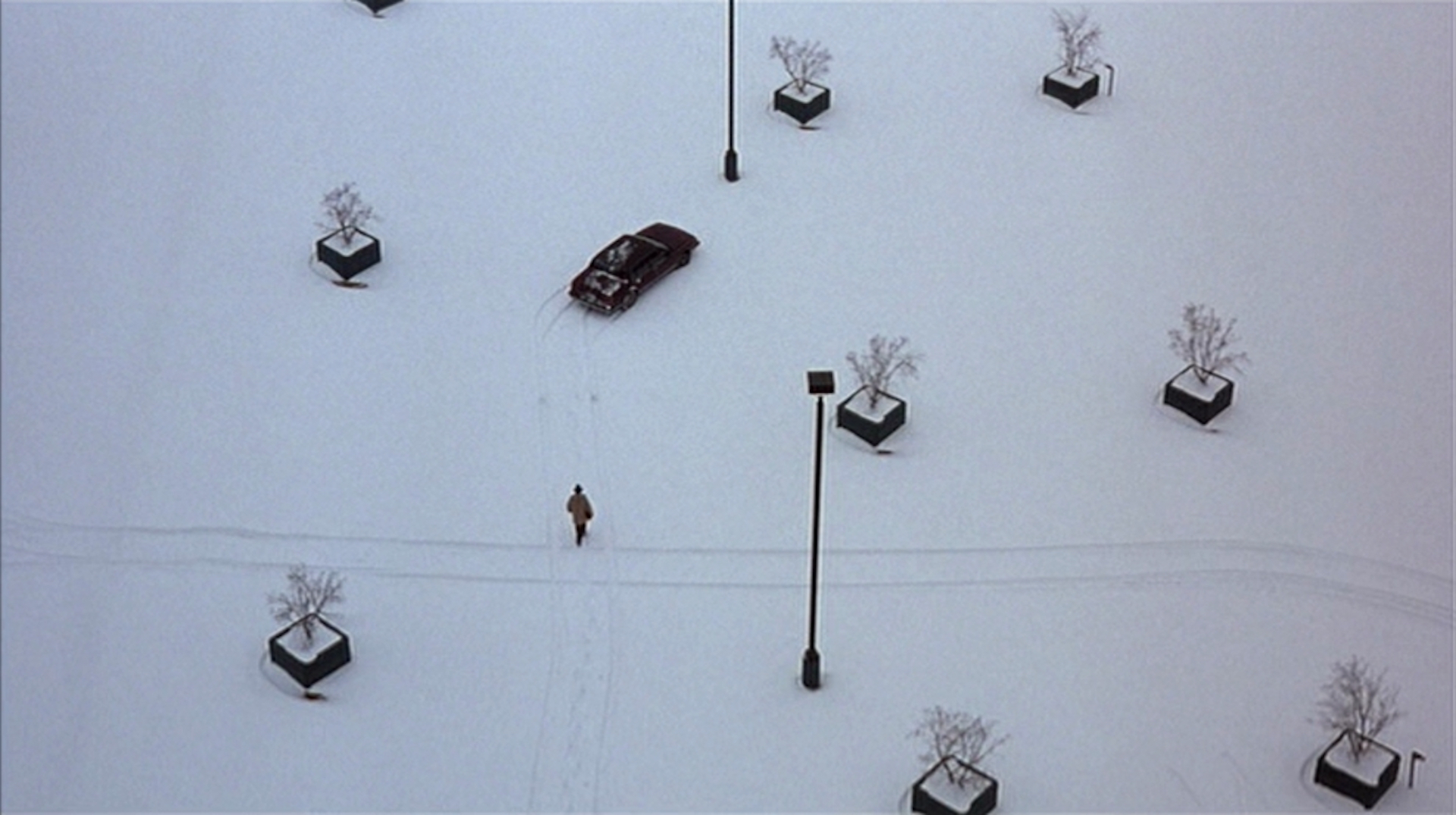
‘Fargo’ (1996)
4. Conflict
In the realm of storytelling and character development, conflict is everything. Without it, the narrative lacks the journey essential for the character’s transformation. A character’s growth occurs during the story’s progression, and this metamorphosis comes to life primarily through their actions and reactions when faced with adversity (conflict).
Keep in mind that conflict is not singular. While every remarkable story revolves around a central conflict that the hero must ultimately conquer, it’s not the sole source of tension. In fact, the narrative must continually introduce, layer, and evolve conflicts that challenge the protagonist’s physical and emotional faculties at every turn.
Each twist of the story ushers in new, supplementary, or refined conflicts that weaves a web of challenges that test the character’s resolve and lead to their character development.
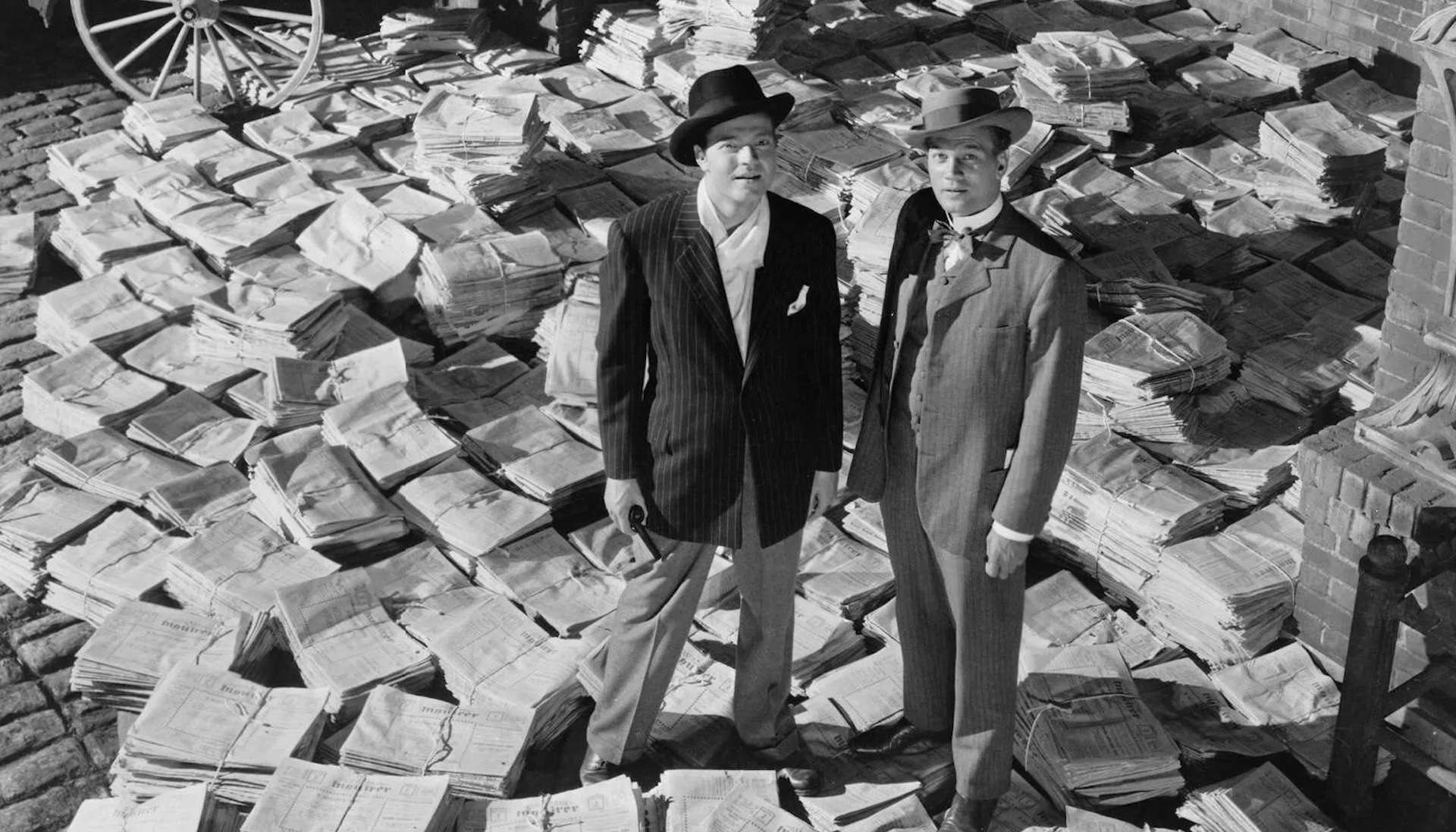
‘Citizen Kane’ (1941)
5. Atmosphere
The atmosphere of a story is created by the tone and mood presented within the plot, concept, genre, characters, and setting of your story. It must be consistent throughout the story. You can’t have half of the story presented in a light and fluffy way, and then have the story suddenly shift to something dark and uncomfortable.
- If you’re writing a dystopian story, it’s likely going to be somewhat bleak and ominous.
- If you’re writing a comedic story, it’s likely going to be light and fun.
- If you’re writing a thriller, it’s likely going to have a tense atmosphere.
Know your genre. Know its audience. And do your best to embrace the tone and mood you want to present in your story in the most consistent way possible.
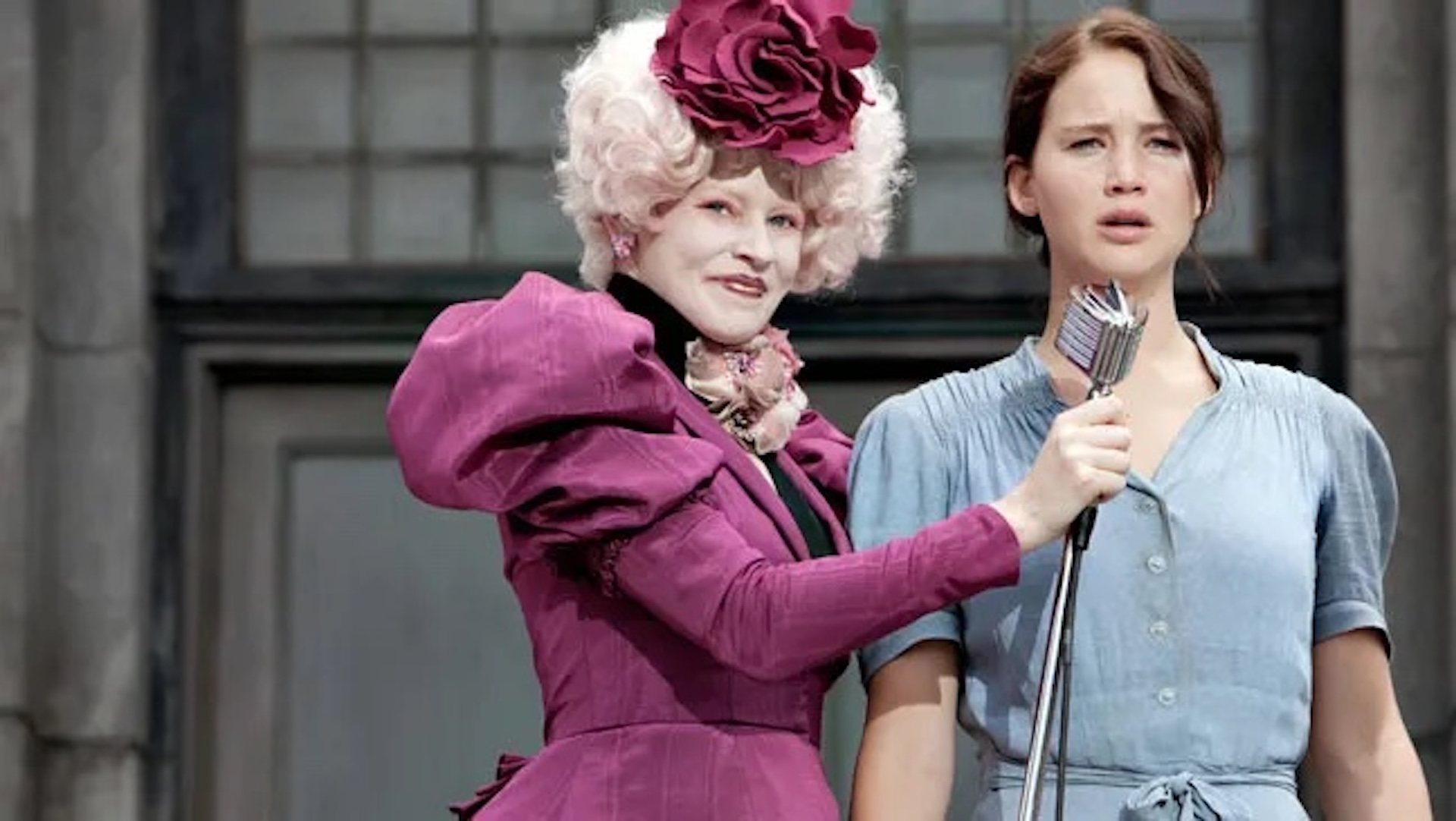
‘The Hunger Games’ (2012)
6. Point of View
What is the narrative perspective of the story? Is the reader or audience going to view the story through the perspective of the protagonist? Or are they going to see the whole overview of the story through every character’s vantage point? In a literary sense, you’d have the narrator’s perspective, such as first-person, third-person limited, or third-person omniscient.
All stories have a consistent point of view decided beforehand. What’s your story’s point of view going to be?
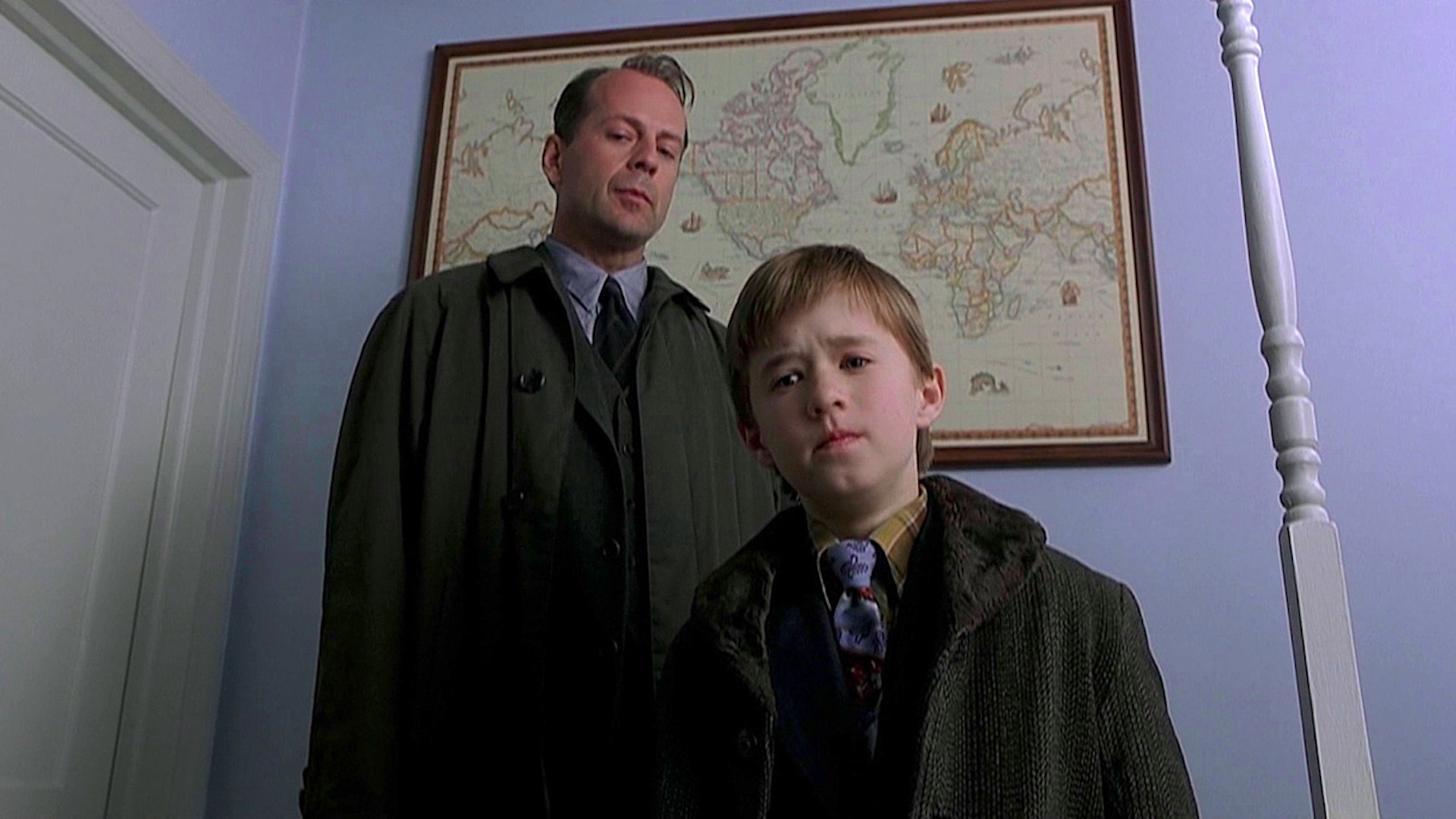
‘The Sixth Sense’ (1999)
7. Narrative Style
What is your unique voice and approach to storytelling, and how does it influence the reader’s experience? The writer’s voice is prevalent throughout the whole story.
- Story
- Plot
- Structure
- Characterization
- Dialogue
- Description
Finding your voice as a writer is part of the development process of your writing career. It’s what will set you—and your stories—apart from the others.
Read More: How to Develop Your Voice as a Screenwriter
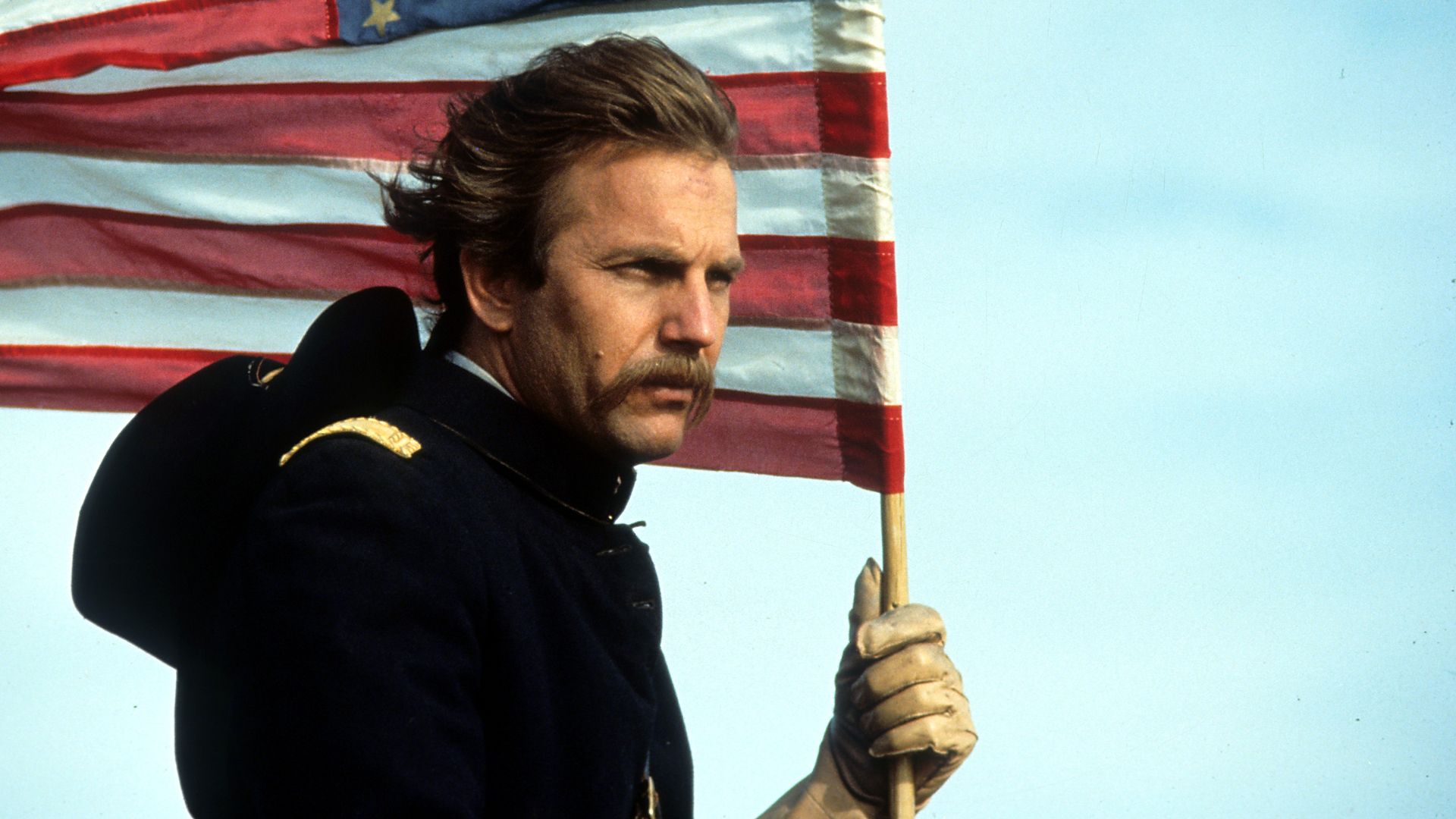
‘Dances with Wolves’ (1990)
8. Theme
Often referred to as the “big idea” underpinning your screenplay or the essence of what your script truly conveys, the theme serves as the emotional and philosophical core, transcending the plot and character arcs.
Themes can encapsulate statements like, “It’s about revenge,” “It’s about facing your fears,” or “It’s about man’s obsession with power.” They may also pose profound questions to the audience: “What evil lurks in the shadows we’re afraid to explore?” or “Is greed good?” Themes, however, extend far beyond scenes, characters, and dialogue.
Defining a theme can be elusive, as it varies by perspective. There are generally three philosophies for uncovering your story’s theme.
- You can start with the theme going into the writing process.
- You can avoid chasing a theme and allow it to come about naturally as people experience your story.
- You can find your theme through the cathartic moments you present within the story.
Read More: Three Philosophies to Find Your Screenplay’s Theme
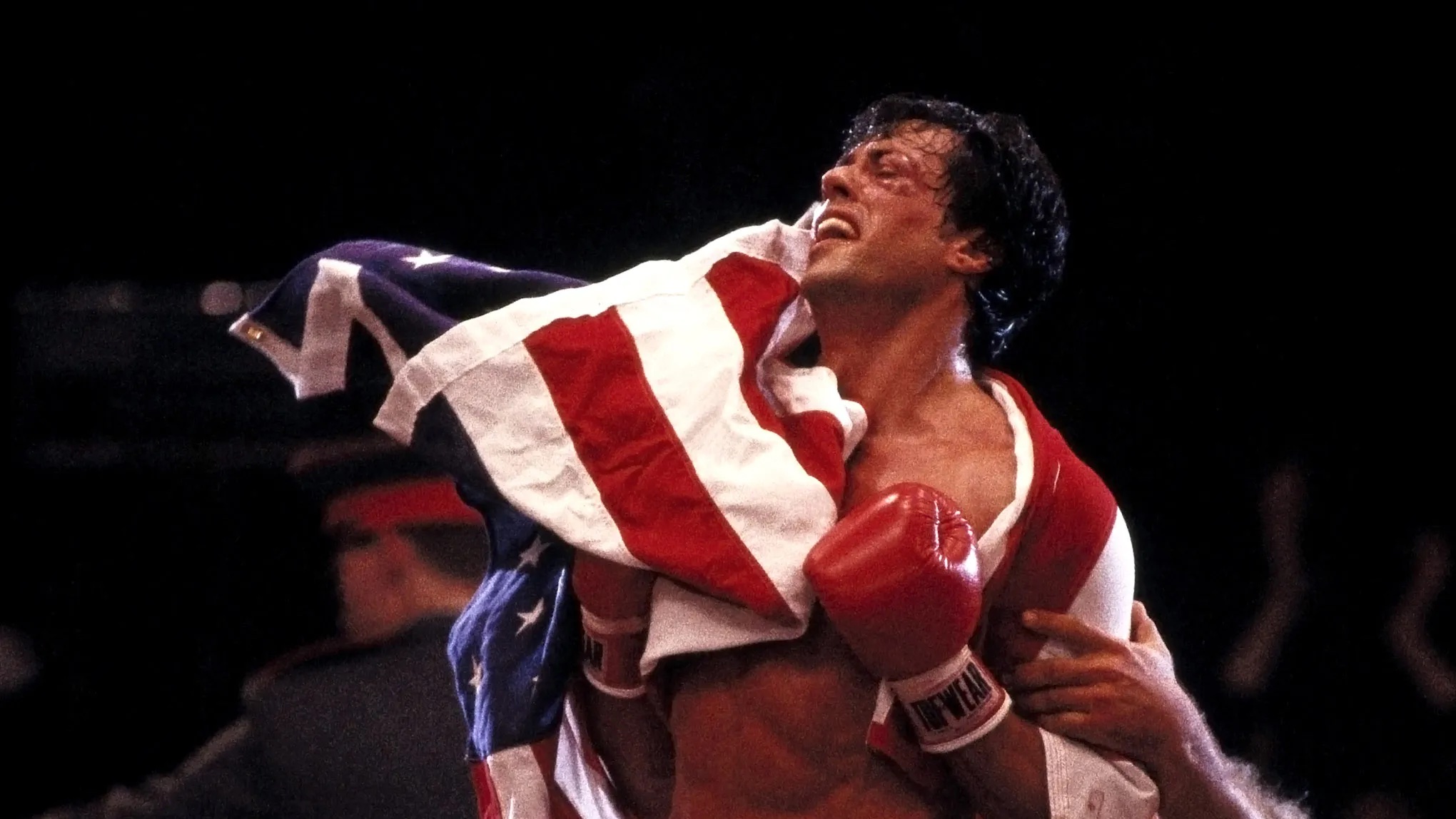
‘Rocky IV’ (1985)
9. Foreshadowing
You need to identify and seize every chance to incorporate foreshadowing in the early parts of your stories. It lays the groundwork for twists, turns, and revelations.
Foreshadowing can also be a powerful tool to address potential plot holes since it prompts you to anticipate both minor and major plot developments, enhancing the coherence of your story. By weaving foreshadowing throughout your script, you’re better equipped to establish strong connections between story and plot elements.
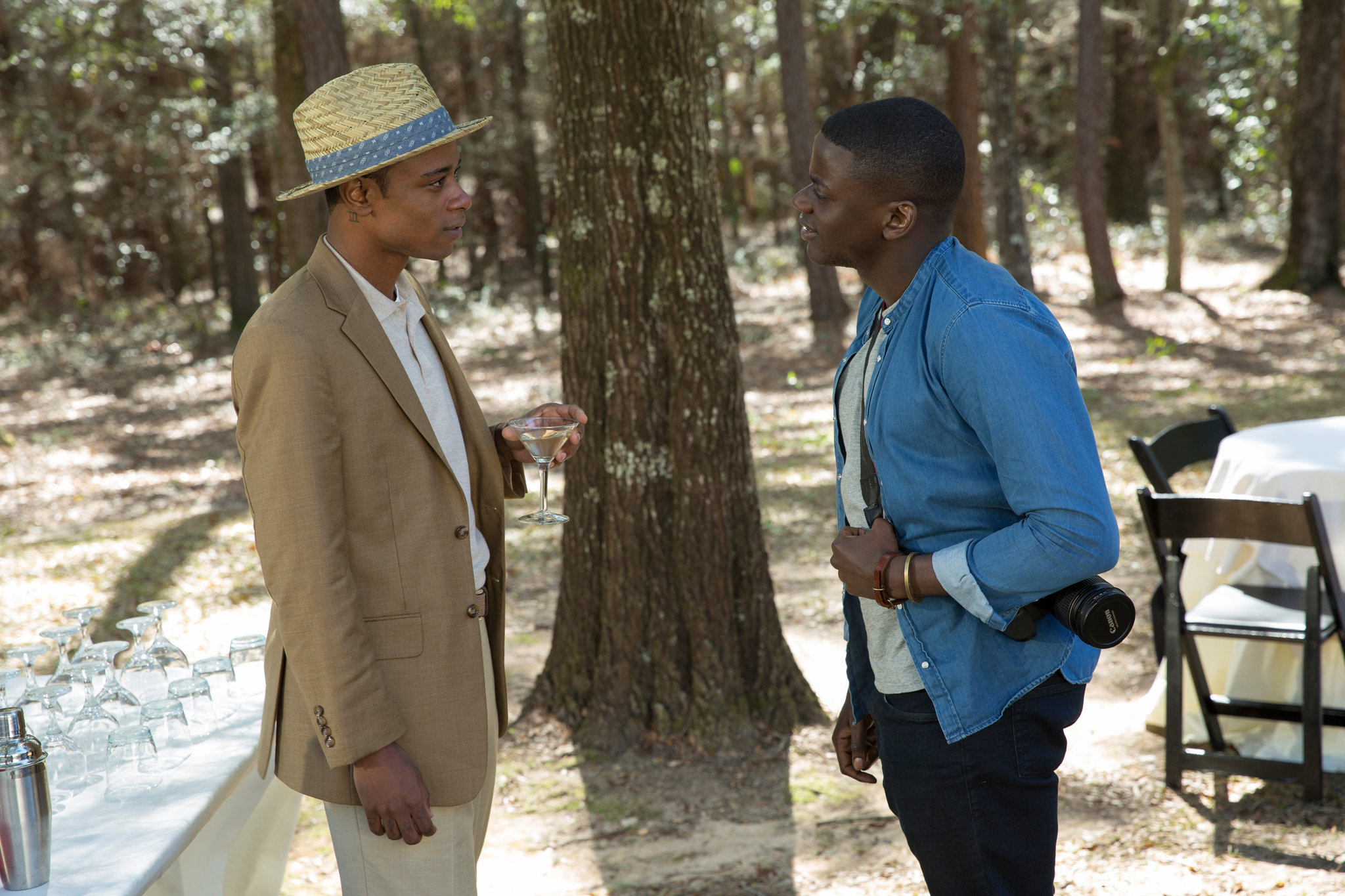
‘Get Out’ (2017)
1o. Dialogue
Dialogue is best defined as spoken or written conversations between characters that reveal characterization, advance the plot, and create a natural flow of interaction. But there’s also the case of inner dialogue evident in literary first-person stories, inner thoughts within third-person literary stories, and voiceover and narration in cinematic stories.
Sure, there are plenty of stories with little-to-no dialogue, but most stories need great dialogue to convey characterization, plot advancement, and interaction between characters.
Read More: The Single Secret of Writing Great Dialogue
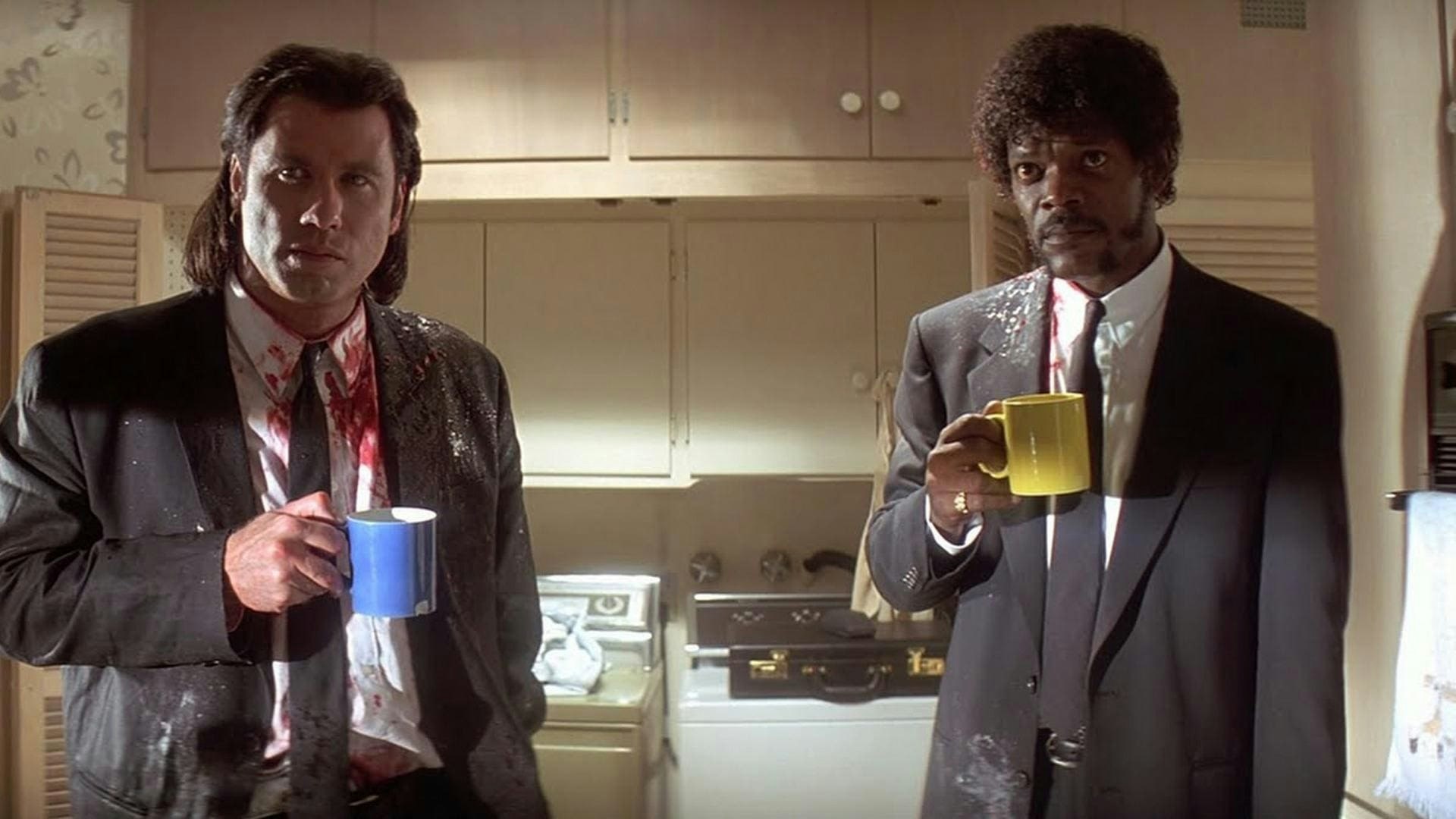
‘Pulp Fiction’ (1994)
11. Good Pacing
Pacing is all about the speed at which the story unfolds.
- Event timing
- Balance between action and exposition
- Tension control
While there are plenty of atmospheric slow-burning stories to enjoy, the best stories offer quick page-turning reads for books and scripts and swift editing and pace for movies.
Great pacing can be a tricky story element to describe, but it can also be an easy thing to accomplish. You can utilize three actionable hacks to speed up the pacing of your story and entice readers to keep reading.
- You can cut down your description on the pages of your book or script.
- You can focus on smaller-story windows within the lives of the characters.
- You can intercut multiple story moments together through chapters in a book or scenes in a script.
The key thing is to keep the story moving forward. Anytime a story lingers, the reader or audience grows restless inside.
Read More: Three Simple Tips to Speed Up Script Pacing
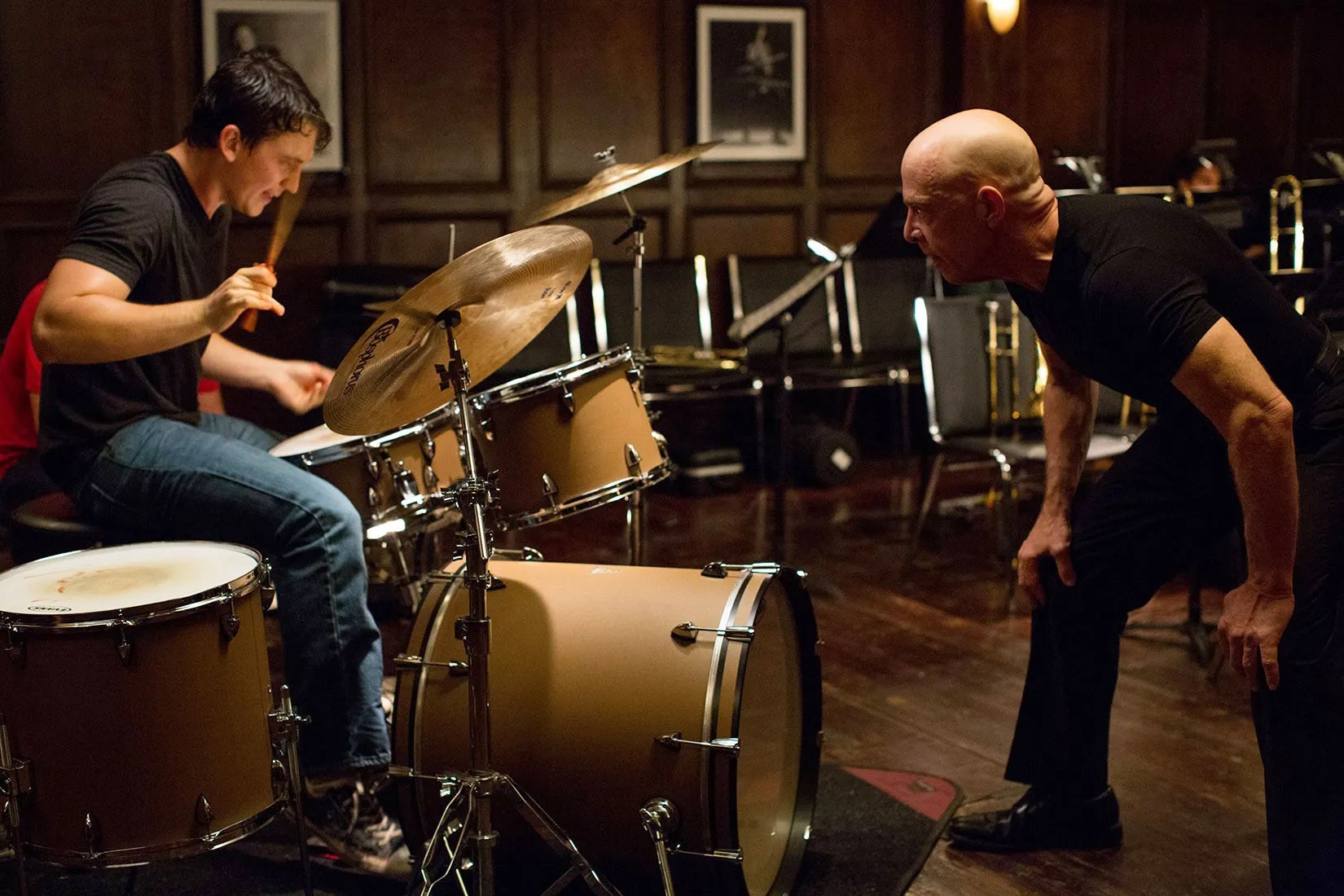
‘Whiplash’ (2014)
12. Twists and Turns
Everyone loves a great plot twist. Unexpected plot developments, intricate twists, climactic revelations, and surprise conclusions are the pivotal ingredients of a compelling story that goes above and beyond in movies, TV series, or novels.
Twists and turns within the plot serve to shatter the predictability of traditional narratives.
A great plot twist can provide the reader or audience with a visceral and gut punch that they never forget. That said, a lackluster plot twist can leave them feeling cheated or even let down. You can’t rely solely on plot twists to make your story engaging — but they sure make stories more interesting when those twists and turns work.
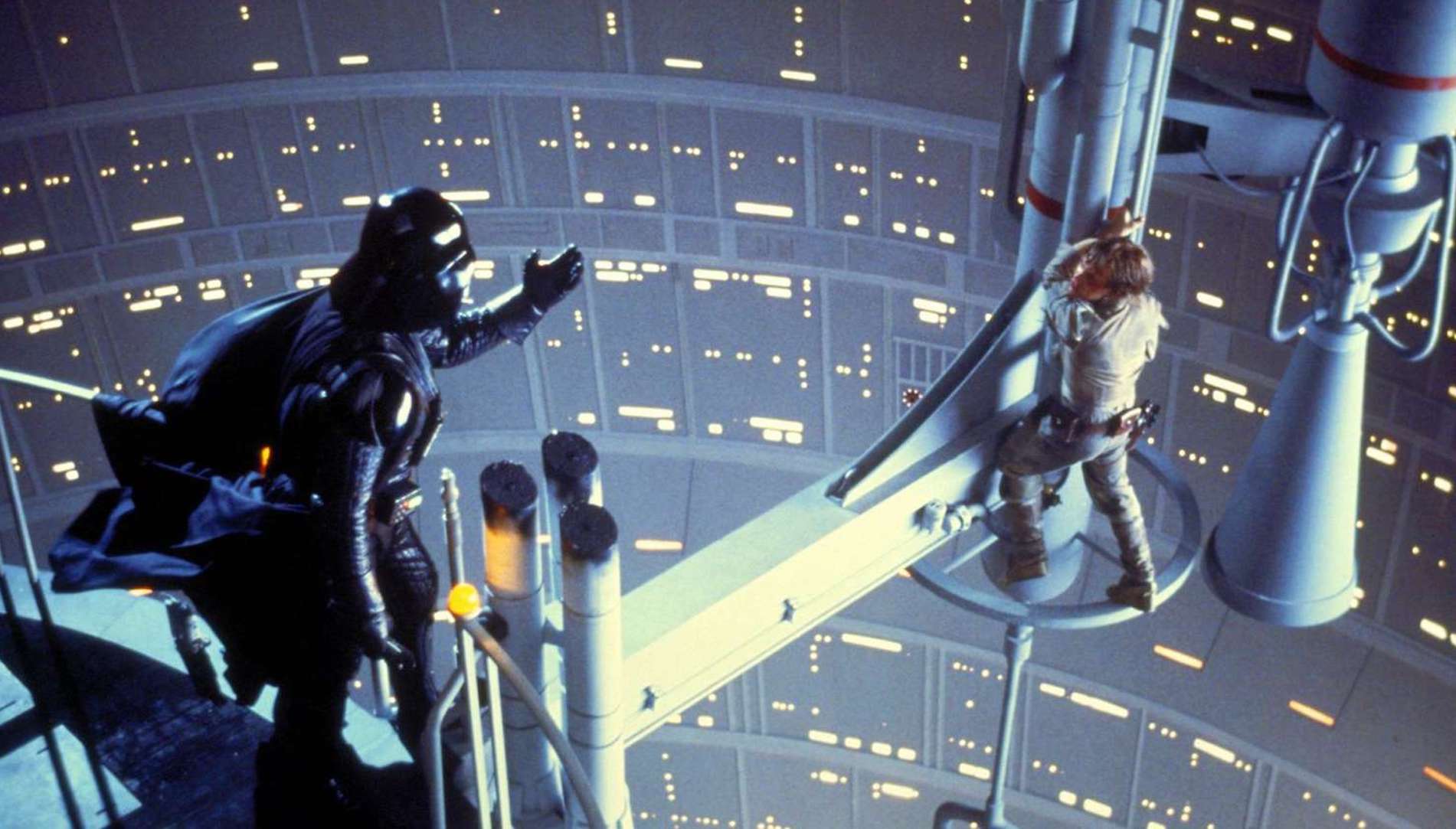
‘Empire Strikes Back’ (1980)
13. Conflict Resolution
It’s all about a great ending. And a great ending starts with conflict resolution. Conflict resolution provides closure to the story and usually resolves the central conflict presented at the opening of the story.
- We want to see the story through.
- We want to see the protagonist’s arc (see below) come to an end.
- We want to see the plot elements pay off.
Anything less than that leaves readers and audiences feeling unfulfilled.
Read More: Seven Ways to Master the Endings of Your Screenplays
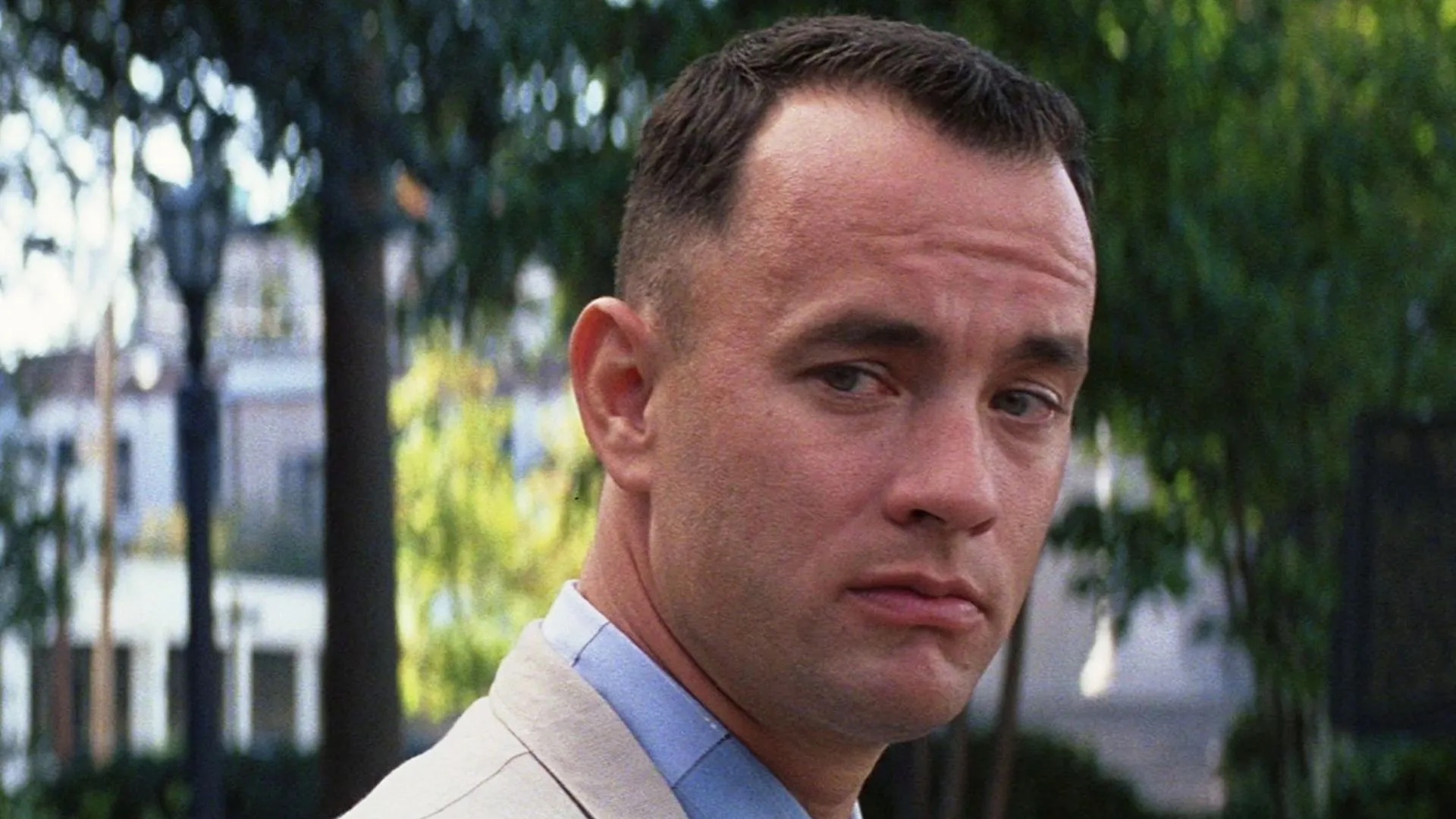
‘Forrest Gump’ (1994)
14. Character Arcs
Character arcs are necessary for great storytelling. Stories exist to allow readers and audiences the opportunity to experience a compelling tale through the eyes of the protagonists facing physical and emotional conflicts.
These arcs come in the form of internal and external arcs.
An external arc is the protagonist’s public journey in the story, where their physical experiences are on display. It is the visible counterpart to the character’s internal transformation. While internal arcs play a crucial role, cinematic narratives depend on external arcs to engage viewers and convey the character’s inner emotional landscape. In film and television, actions, reactions, and tangible consequences are essential for cinematic storytelling.
An internal arc delves into the unspoken emotions of your protagonist and their evolution throughout the narrative. It focuses on their inner journey, which remains concealed or overlooked.
However, the internal arc exists in conjunction with the external arc, specific to the main protagonist. The external arc is the visible journey, encompassing their actions, reactions, and experiences within the cinematic story.
While the external arc provides a tangible, visible narrative, it is the internal arc that forges a connection between the character and the reader/ audience.
The external arc may showcase what the character undergoes physically, but the internal arc reveals their emotional transformation. This emotional depth allows the protagonist to resonate with the audience through empathy and catharsis.
We need to see the characters change. That’s what them facing the story’s conflict is all about.
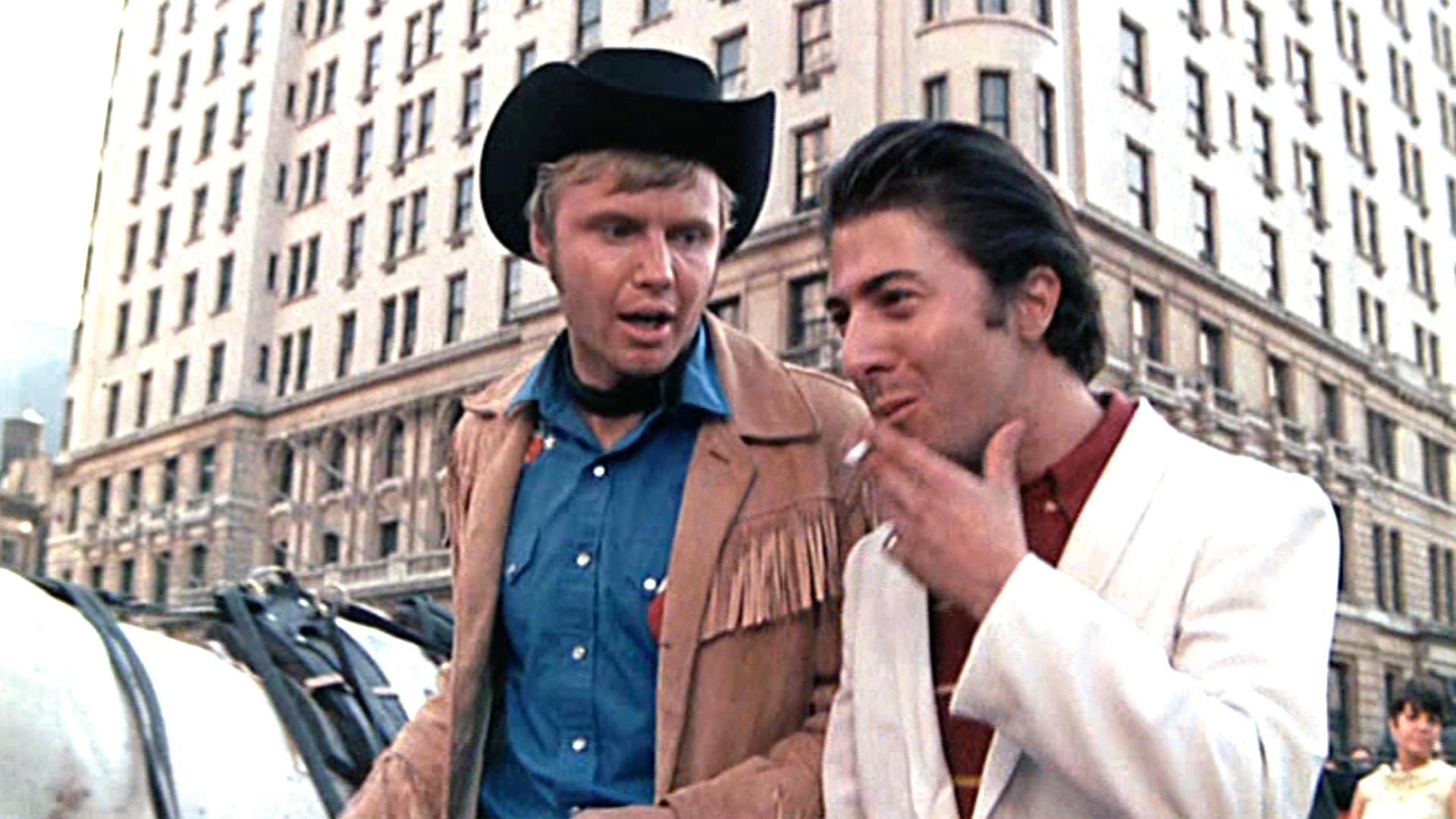
‘Midnight Cowboy’ (1969)
15. Story Arcs
Any story aims to avoid a full-circle resolution, where characters and stories end up where they began, both physically and emotionally.
A compelling story arc hinges on transformation. Instead of retracing steps and revisiting past events or the protagonist’s prior experiences, the focus is on character and circumstance change and evolution. We need to see a progression, not a return to the starting point.
When crafting your stories, the initial step is pinpointing key story acts that shape the narrative.
- Introduction: Establish where the protagonist starts, setting the stage for their journey.
- Conflict: Identify the pivotal moment when they confront a life-altering challenge.
- Response: Explore how the protagonist reacts to this conflict, delving into their initial actions and decisions.
- Failure and Growth: Highlight the protagonist’s journey through setbacks, failures, and the subsequent lessons that enable them to overcome the challenge.
These questions are integral to defining your story acts, and within these acts, you can incorporate various narrative arcs to enhance your story.
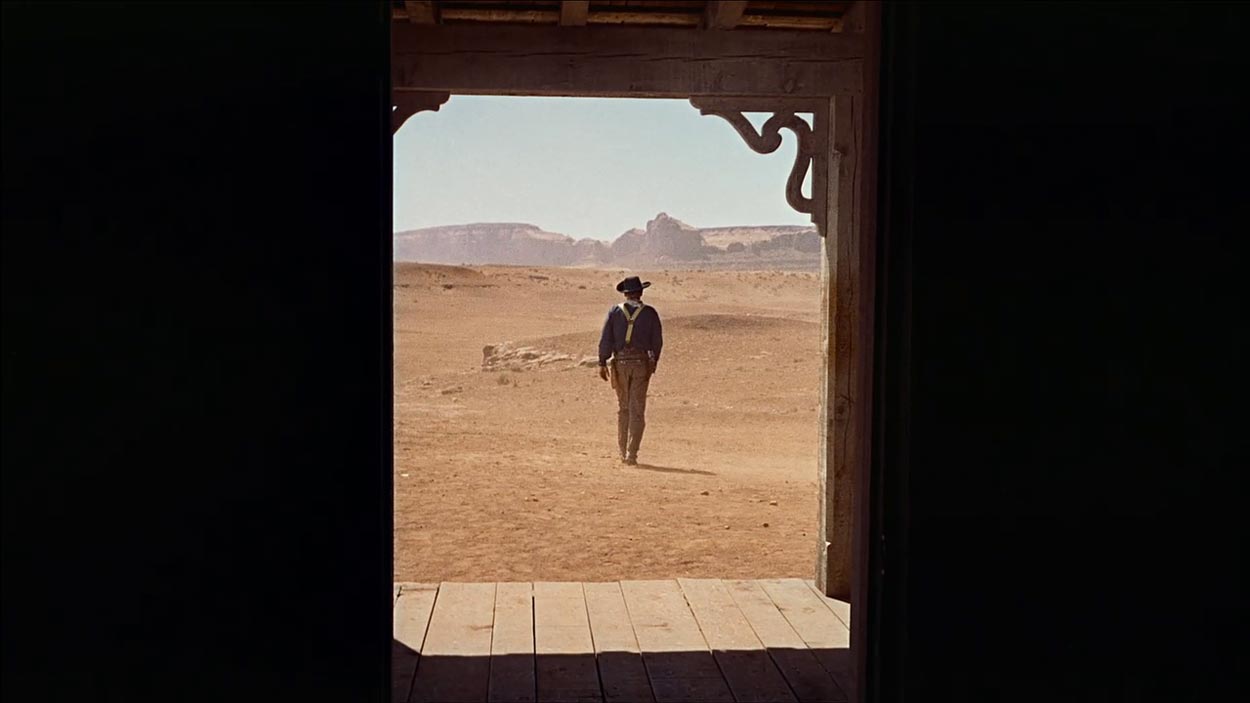
‘The Searchers’ (1956)
—
These are the fifteen most important elements of a story. Other elements do exist. You can use them to salt and pepper your stories. But these fifteen are necessary to craft engaging and compelling stories that stand the test of time.
CHECK OUT OUR PREPARATION NOTES SO YOU START YOUR STORY OFF ON THE RIGHT TRACK!
Ken Miyamoto has worked in the film industry for nearly two decades, most notably as a studio liaison for Sony Studios and then as a script reader and story analyst for Sony Pictures.
He has many studio meetings under his belt as a produced screenwriter, meeting with the likes of Sony, Dreamworks, Universal, Disney, Warner Brothers, as well as many production and management companies. He has had a previous development deal with Lionsgate, as well as multiple writing assignments, including the produced miniseries Blackout, starring Anne Heche, Sean Patrick Flanery, Billy Zane, James Brolin, Haylie Duff, Brian Bloom, Eric La Salle, and Bruce Boxleitner, the feature thriller Hunter’s Creed, and many Lifetime thrillers. Follow Ken on Twitter @KenMovies and Instagram @KenMovies76
The post The 15 Most Important Elements of a Story appeared first on ScreenCraft.
Go to Source
Author: Ken Miyamoto


